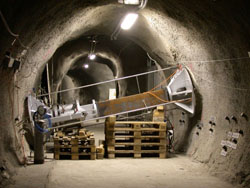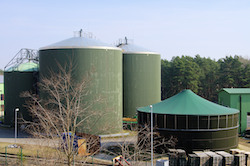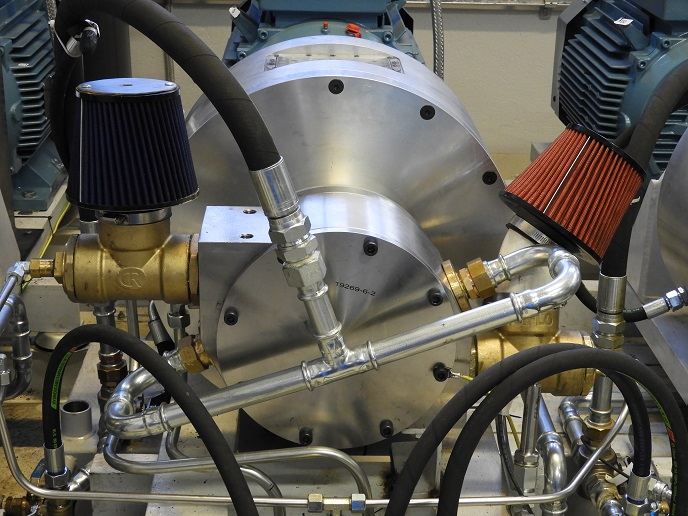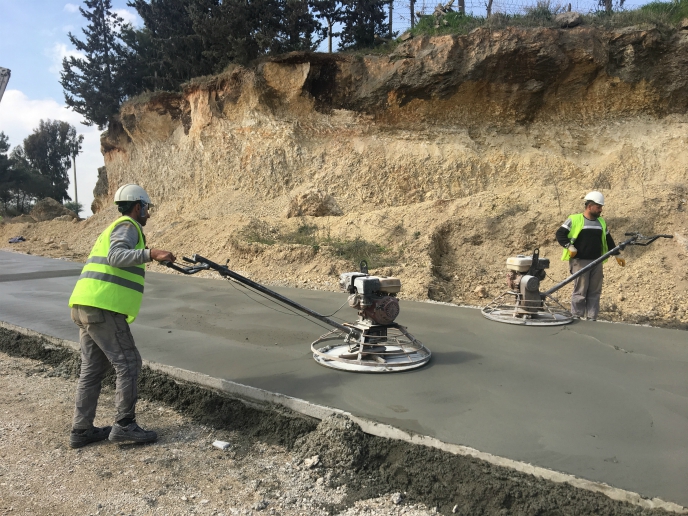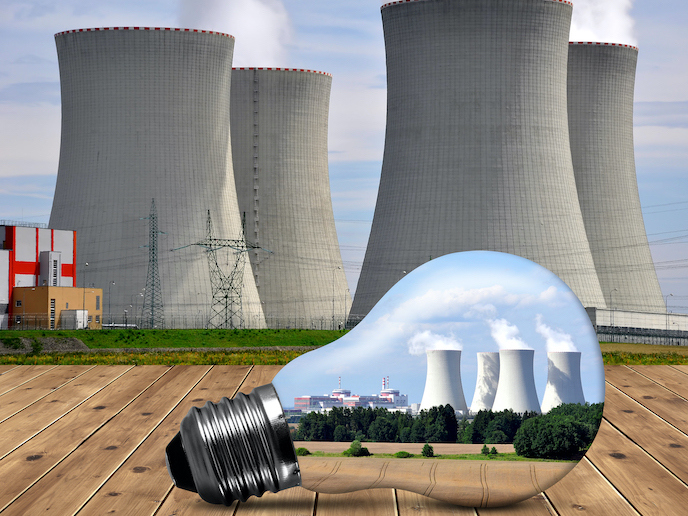Effect of excavating a gallery in Boom clay
Countries that generate high-level and long-lived radioactive waste require a secure environment where it can be safely disposed of. One of the best options is for it to be stored underground in deep geological clay formations. A crucial feature for long-term safety is a comprehensive study of the excavation-damaged zone (EDZ). The EDZ is the modified zone which might experience negative effects on safety due to the building, operation and closure of the radioactive waste repository. The SELFRAC project carried out studies into the suitability of Boom clay for holding radioactive waste. A part of the work was carried out at the HADES underground laboratory in Belgium. Studies were carried out into the hydro-mechanical properties of the area around the EDZ three years after its initial construction. Two multi-piezometers were fitted around the connecting gallery which provided data on how flow properties changed over time. Self-boring pressuremeter tests were undertaken to investigate changes in mechanical properties. The results indicated that the construction of a gallery in Boom clay at a depth of 223 metres would always cause fractures. The fractures were created by stress distribution, which resulted from tunnelling. However, the extent of fracture could be limited through using the correct excavation and tunnelling techniques. It was shown that although such fractures could be sealed, they only partially healed. According to the investigation, hydraulic conductivity around the gallery did not appear to be affected by fractures. Furthermore, any existing interconnected fracture network went no deeper than a few tens of centimetres into the host rock. Changes in k values gave an indication of how the clay had been deformed over time. Pore pressure was influenced to a large extent by the existence of the gallery. Pore pressure distribution differed according to the direction in which the measurements were taken. This was due to stress and the hydraulic conductivity of the rock.



